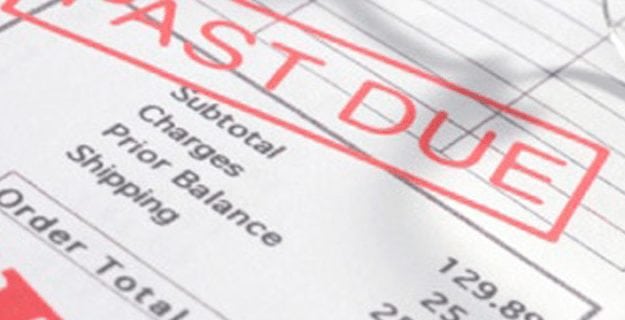A New Beginning With Bankruptcy – Chapter 7 Bankruptcy
No one ever expects it to happen but everything gets out of control and you are in debt far over your income. No one wants to think about filing bankruptcy but sometimes you just don’t have a choice. Chapter 7 bankruptcy allows you to emerge from a difficult experience and start all over. Chapter 7 bankruptcy is when a debtor’s non-exempt assets are sold and the money is distributed to his creditors. If a debtor has few assets, he or she can exempt the property and obtain a fresh start and keep his or her assets.
Chapter 7 is the most common type of bankruptcy. This type of filing is most common, claiming about 65% of all bankruptcy filings. As long as the creditors have no objections, the debtor can be free of most debt within a few months.
A debtor will not lose their house or car with loans if they agree to continue to pay for these items and there is little equity. Many people are unfamiliar with this information and won’t even check into Chapter 7 bankruptcy. The only drawback to Chapter 7 is that you are unable to file bankruptcy within eight years after a previous bankruptcy discharge.
How do you file a Chapter 7 bankruptcy claim? The easiest answer to this is to contact Firebaugh & Andrews PLLC at 734-722-2999. You will speak directly with either attorney Sam Firebaugh or Roberta Andrews. They will ask you questions to make sure sure qualify. It is very important to answer all questions truthfully.
No one ever thinks they could possibly have to file bankruptcy. It is comforting to know that if things get bad enough you do have an option. It is also reassuring to know that you don’t have to lose your house or car when trying to make a new beginning.
A Way To Ease The Pain – Chapter 13 Bankruptcy
The debts have been mounting up and you are getting farther and farther behind in paying them. You want to pay them but you are not sure exactly how to get that done. Chapter 13 of the bankruptcy code allows you to do exactly that. You can pay your bills back at a lower interest rate or no interest rate at all. A Chapter 13 bankruptcy allows you to keep all of your assets. This type of bankruptcy is for those who have a regular income and can afford to pay something but not as much as they are paying out now. Chapter 13 bankruptcy gives you three to five years to finish your payment plan and discharge most of your debts even if they only receive a fraction of what you owed. During these five years, Firebaugh & Andrews, PLLC will oversee the process for both you.
A Chapter 13 bankruptcy allows the debtor to keep their property. The Court allows you to will set up a Plan of repayment based upon what you can afford to pay. There will be a written plan drawn up to protect you from collection while you are in the payment Plan. Once this plan has been written and approved the repayment process must begin in about a month of filing. The payments are normally paid to a Trustee who oversees distributing the money fairly to creditors. The creditors are bound by law to adhere to this plan and are unable to collect any other claims from the debtor. You will work with your attorney to set up a reasonable repayment plan for you.
Chapter 13 bankruptcy has a full discharge option when the debtor has completed all the required payments. This type of bankruptcy plan also allows for a repayment plan even if the creditors disagree with it. They do have the option to file an objection, but if it has been approved by the court these circumstances don’t allow them a lot of options. If you want to repay your debts but at a slower rate this is probably the way you want to go. You get out of debt and get to keep all your property.



